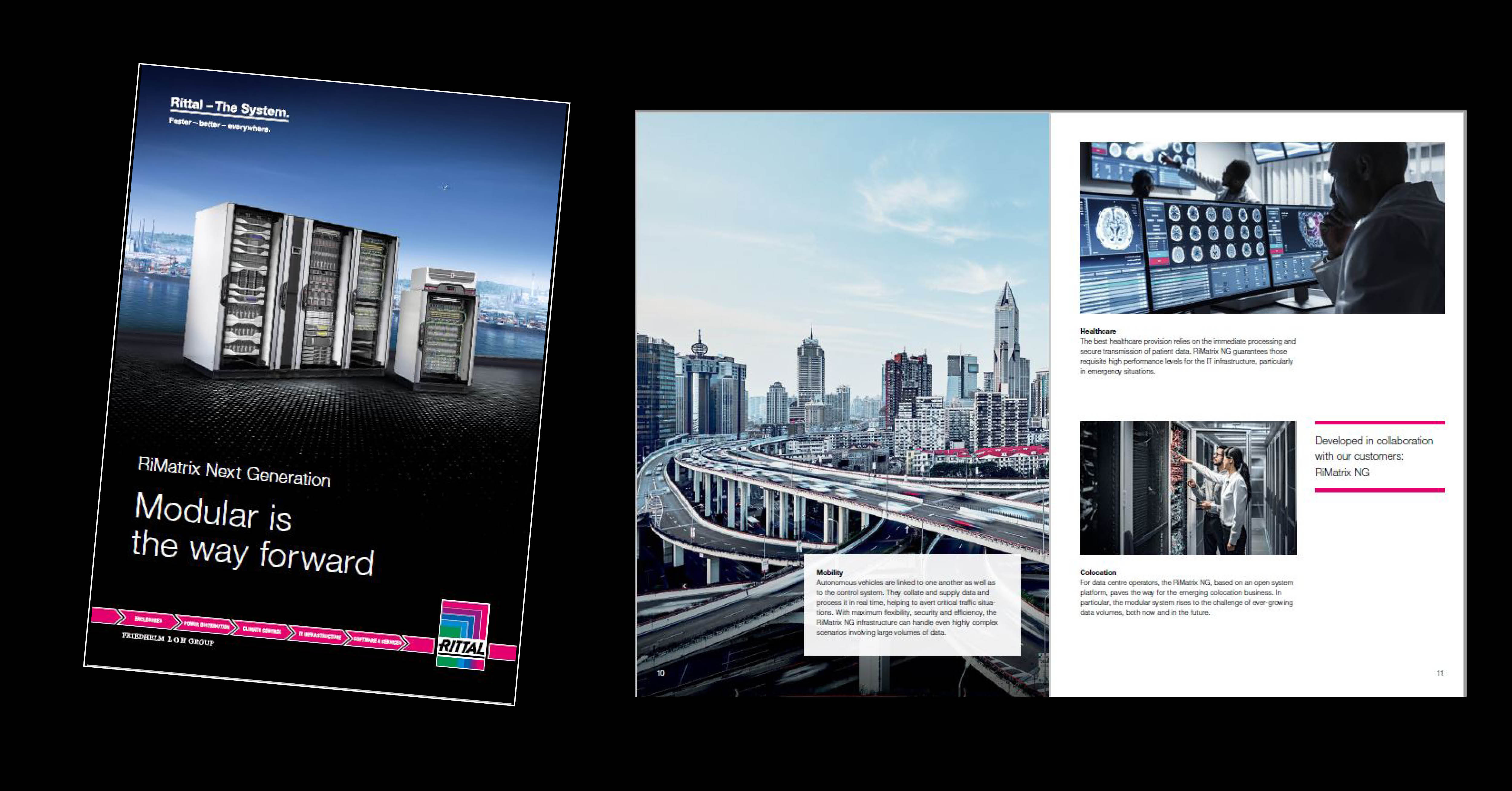By Rittal on Jun 14, 2021 2:08:00 AM
Modular Enclosures offer extra benefits that makes taking care of the internal contents a more cost-effective, time-saving and user-friendly experience. Here are five reasons why you should opt for a modular enclosure instead of custom made, no matter the application.
1. Protection
Why do you put equipment in an enclosure? You need to protect it and protect yourself. You protect it from the environmental factors like dirt, dust, water, dripping liquids, oils you name it. And then you use it as a physical barrier so others aren't electrocuted or experience arc flashes, which happens! The beauty of a modular cabinet is that you can remove panels to work on one area while still protecting the rest of the equipment and others from exposed components.
2. Accessibility
With a modular cabinet, you can do all the wiring and mounting of equipment and accessories while other panels are out of your way. So it's faster, easier and well-lit. With traditional boxes, you have to borrow a crane, get a hoist or a forklift to lift the box and then lower it down on its back. With a modular enclosure cabinet, you never lie the cabinet down. So you can leave it fully standing, slide the mounting panel out and work on the internal components and close it back up. A lot of people think they can save money with a custom box, set it up and never have to touch it again. But, that's not the case. Usually wiring and controllers need to be re-configured, updated and replaced regularly. With a custom box, you'll have a huge production, turning a 10 minute job into a 1 hour job requiring more people, time and equipment.
3. Cost
A welded box seems like the cheapest option initially. One thing you may want to keep in mind is the maintenance costs over time, and those can be quite costly. These hidden costs are usually not thought of at the time of purchase, especially if there is a purchasing agent involved. Most the time, the purchasing agent is looking for the most cost-effective option up-front, but they are unaware of the use costs such as installation and customisation. It's likely that they're not actually installing any gear or working with the box, thus they don't know about the additional use costs. Typically, people in the panel shop or on the plant floor who work with the enclosures experience additional costs and added anguish for simple tasks such as replacing a door.
In a modular enclosure, you can remove a door with a flat head screwdriver in under a minute. If you try to do that with a welded box design, which involves a big piano hinge and clamps all the way around, it takes an awful lot of time and people to accomplish. Most of the time, plant operators won't even take it off because they just don't want to spend the time and the labor to do it. Then, they have to find alternative methods to house new components such as making cuts into the box which is a huge cost that people often don't think about. We typically find that the lower the purchase price, the higher the use costs. This means that the more that's involved behind the scenes means more hidden costs. It's best to consider price cost + use costs = total costs when deciding which type of enclosure to purchase. With the adaptability of modular enclosures, the total cost can be surprisingly low.
4. Configuration
Not only can you switch out panels if you want a door on the front and the back, or want two mounting panels inside the enclosure, or if you want to put a swing frame in but you can also create hybrid cabinets and expand cabinets as your needs change over time. Usually, Ethernet controls go in a cabinet on the plant floor and IT gear in an industrial space, but you can marry the two together nicely in a modular design in one location. To combine the two in a welded box would be very difficult and probably cost prohibitive. It would mean you would have to weld a lot of accessories and do a lot of installation prep work with the design that wouldn't make any sense.
If you want to expand and add enclosed space, with a modular cabinet, it's simple. You remove a door, add a couple more panels and it's done. With a welded box, there is no expansion, only replacing the entire box or adding another box that is not connected or will require cutting the box and leaving components exposed to the elements.
5. Repair
A great benefit to a modular design is the ability to repair it, or to change out or to later retrofit an existing design. All too often something gets damaged in the field. Say a guy on a forklift runs into a custom box, and that box is permanently damaged. It either has to be replaced, or that damage just stays on that box, right? And, there's nothing you can do about it. If you damage a modular cabinet, guess what? You just change out the panel and it looks brand new again for a fraction of the cost.

